By Emilee Koss (All photos, unless otherwise noted, Copyright Cheryl Nemazie Photography. All rights reserved.*)
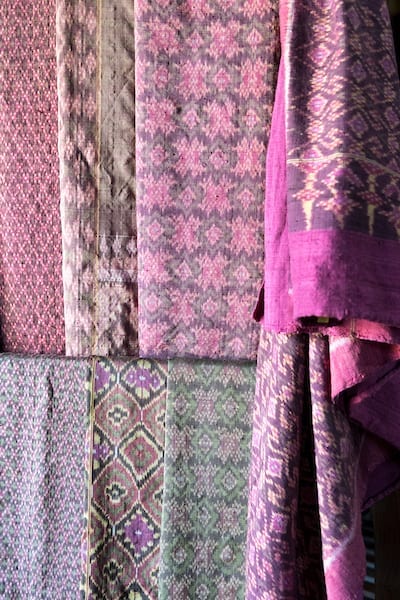
I came to Julia Brennan and Caring for Textiles for a specific purpose: to learn collection care and conservation for textiles in a tropical climate. This summer’s internship has supported a dream come true: to return to Cambodia, with conservation skills and grant funding. This funding will allow me to launch a project to train staff and preserve an important collection of 150 historic sampot hol (traditional ikat skirt) and pidan hol (ikat temple hanging) at The Institute of Khmer Traditional Textiles (IKTT) in Siem Reap.
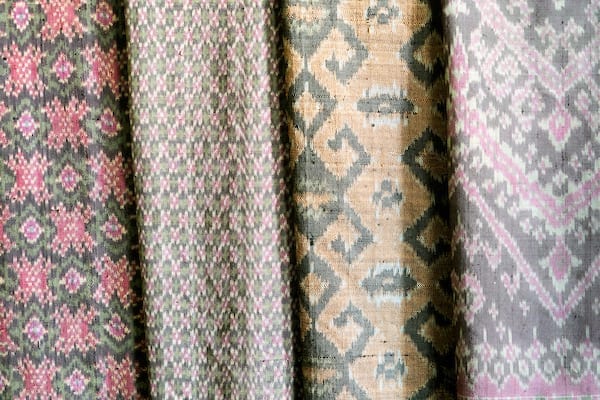
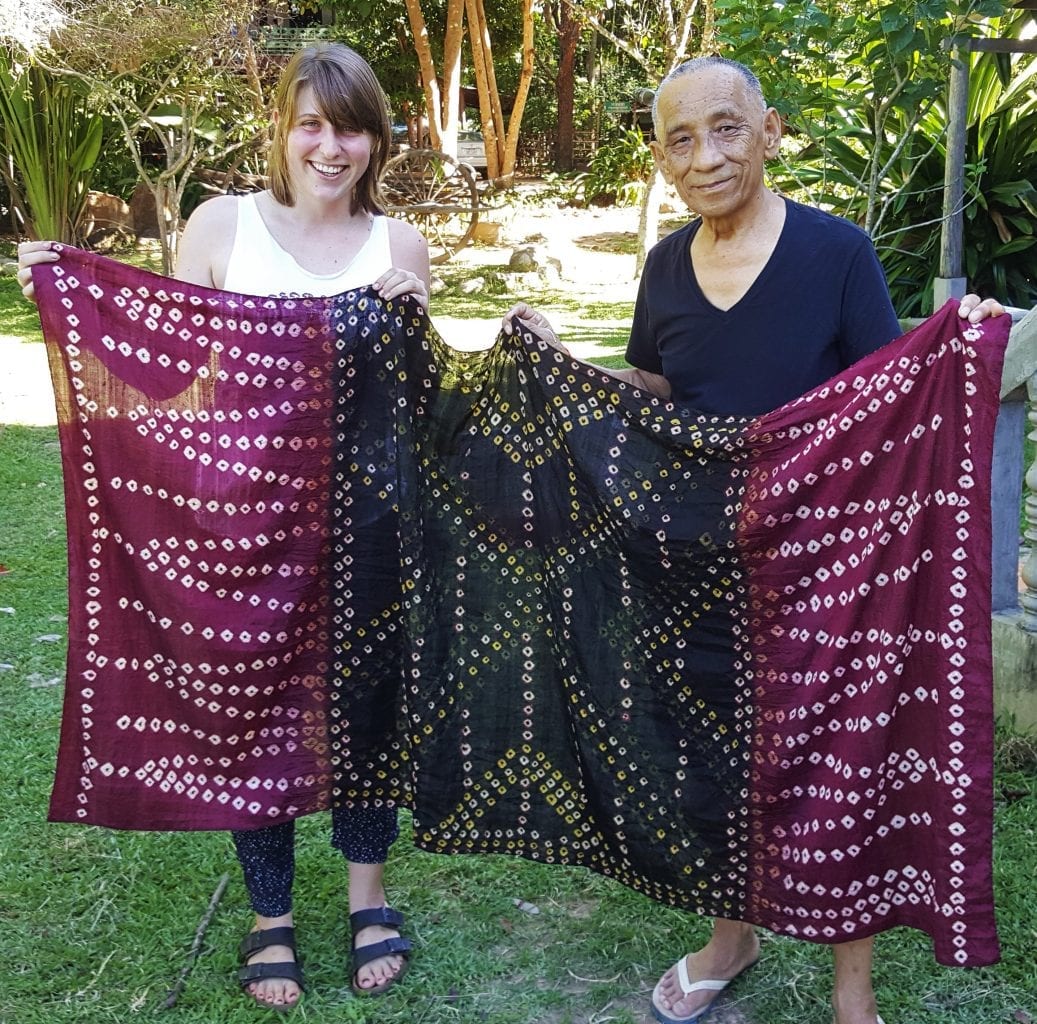 IKTT is reviving the art of making high quality authentic traditional Khmer ikats. Cambodia was famous for its extraordinary and complex silk ikats. Following years of war and genocide under the Khmer Rouge, the traditional weaving communities were decimated.
IKTT is reviving the art of making high quality authentic traditional Khmer ikats. Cambodia was famous for its extraordinary and complex silk ikats. Following years of war and genocide under the Khmer Rouge, the traditional weaving communities were decimated.
In 1996, Kikuo Morimoto (1948-2017), a Japanese kimono artist and peace activist working for UNESCO, conducted a country-wide survey of the state of the weaving industry, in search of women who held the knowledge of the Khmer ikat. He found only a few, but in spite of insurmountable challenges, Morimoto founded IKTT in 1996, to teach the next generation the art of Khmer textiles to a new generation of weavers.
A key resource for Morimoto was his unique and rare collection of Khmer ikats, which he used as an active teaching collection. There are no books or written instructions of how to create a Khmer ikat; It is knowledge passed from mother to daughter. With this chain broken, Morimoto’s collection of textiles is imperative as a learning tool and is well used by the artisans at IKTT as a constant source of inspiration and technical guidance.
- Weaving a pidan hol…
- …with Tree of Life design.
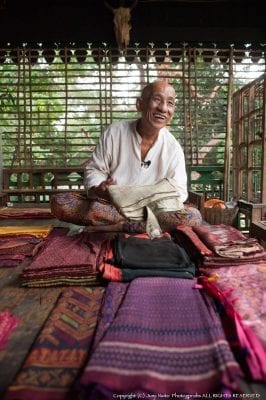
Working at IKTT, I saw first hand how generous Morimoto was with his rare textile collection; daily to teach the IKTT artisans, and welcome to many scholars and visitors from around the world. My mission is to work with and train the IKTT staff in the preservation of these textiles for long term use and study at IKTT. This collection is their legacy, they will be the guardians of a vital representation of their culture. (Copyright (C) Junji Naito Photography ALL RIGHTS RESERVED)
I reached out to Julia for her specialized skill set in grassroots, site-specific and community-based conservation projects. I had seen her successful work with Ock Pop Tock and the Traditional Arts and Ethnology Center, in Luang Prabang, Laos. While I am trained in textile design and history, this experience provided me unique training in the methods to save this special collection. Julia and her team at Caring for Textiles welcomed me into the studio, where I gained the theoretical and hands-on foundation of textile conservation. I learned basic passive and active treatments, archival storage options, various mounting techniques, and how to write condition and treatment reports, and conduct artifact surveys. Their knowledge and passion for conservation is a huge gift, enabling me to act on a mission I so deeply care for.
The collection must remain on-site at IKTT’s weaving village and accessible to the weavers. We will design and construct a creatively simple and climate-appropriate storage and research center, adapted into the pre-existing architecture. Each textile will be rolled and available for study and use, as well as professionally photographed and documented, in an easy to use database, available for weavers and outside researchers. The majority of storage and research center materials will be locally sourced. This project will be a collaboration with the community to provide a system and space that they are comfortable working in and maintaining.
To learn more and help support this important textile preservation mission, please contact Emilee Koss at [email protected].
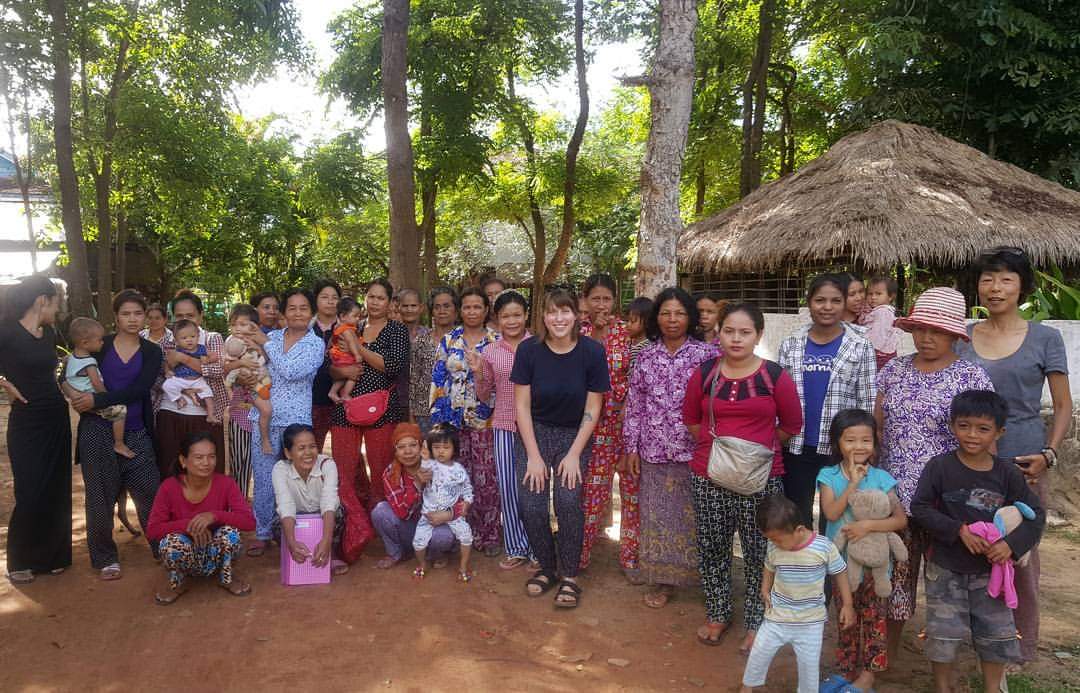
With the artisans and their children at IKTT Project Wisdom from the Forest 2016. The village provides a holistic lifestyle embracing education, clean water access, crops and food sustainability.
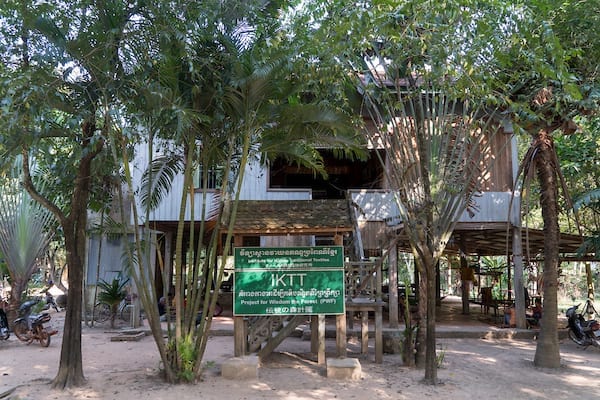
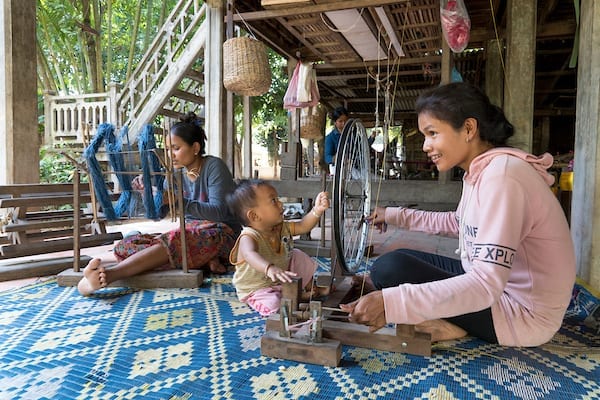
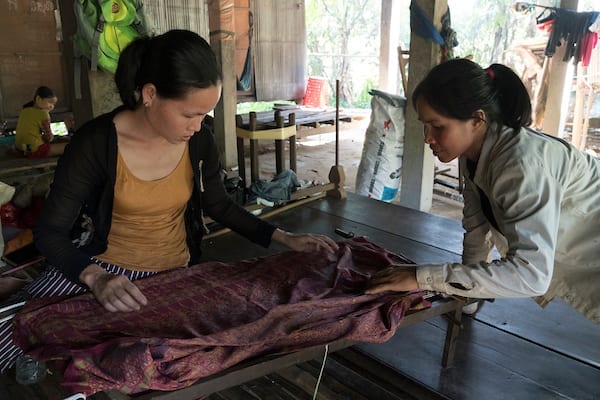
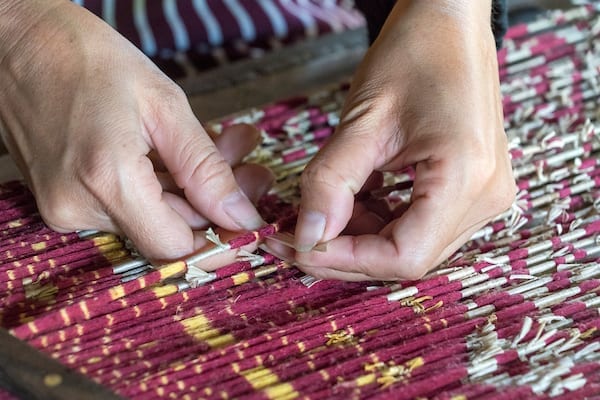
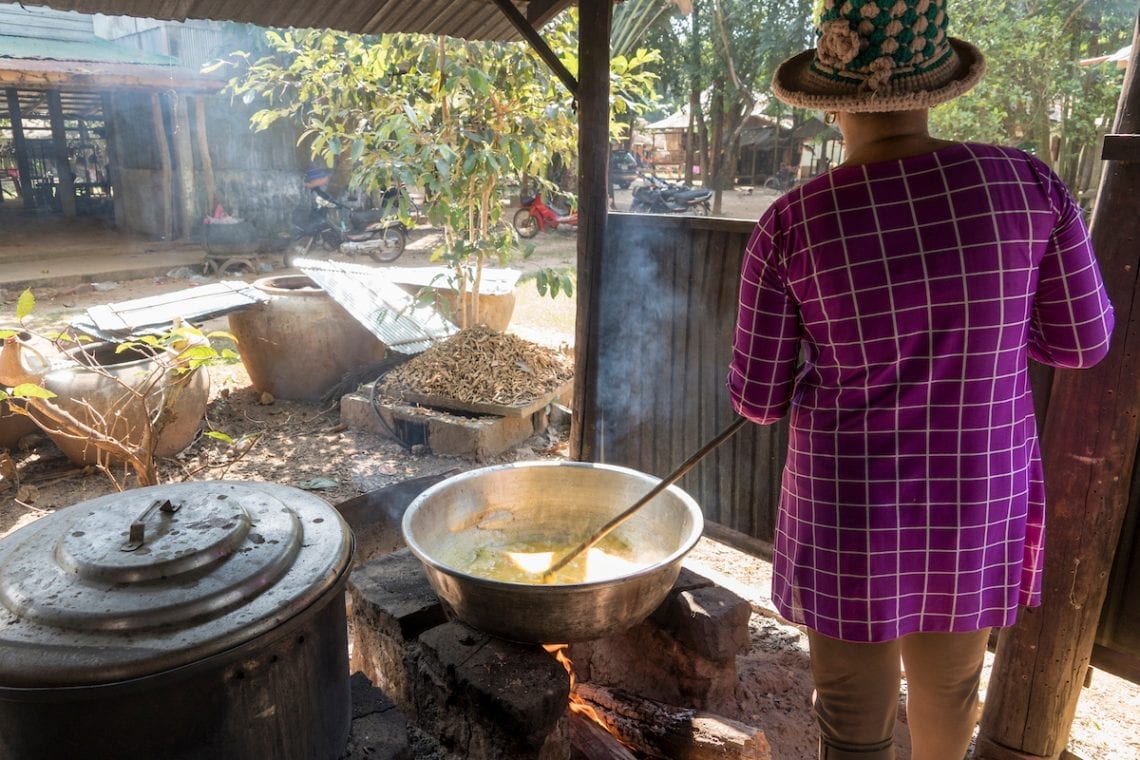
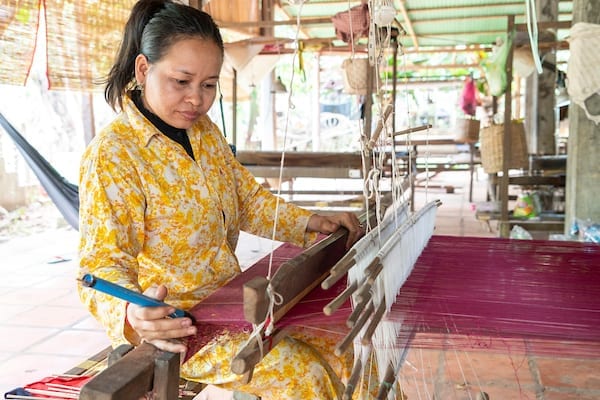
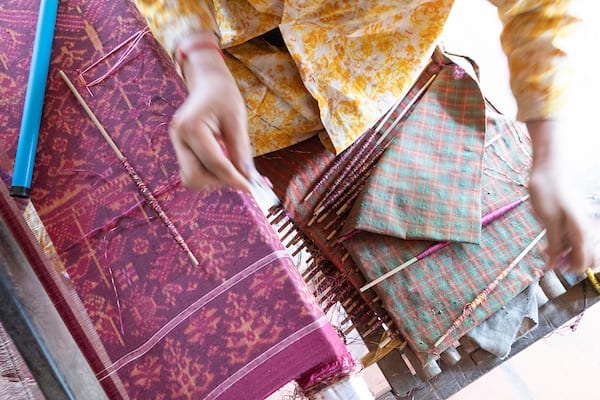

Your work to persevere the beautiful traditional work is to be applauded.
The world needs more Angels amongst us like you. I hope others will join in and provide support for this work.
Thank you